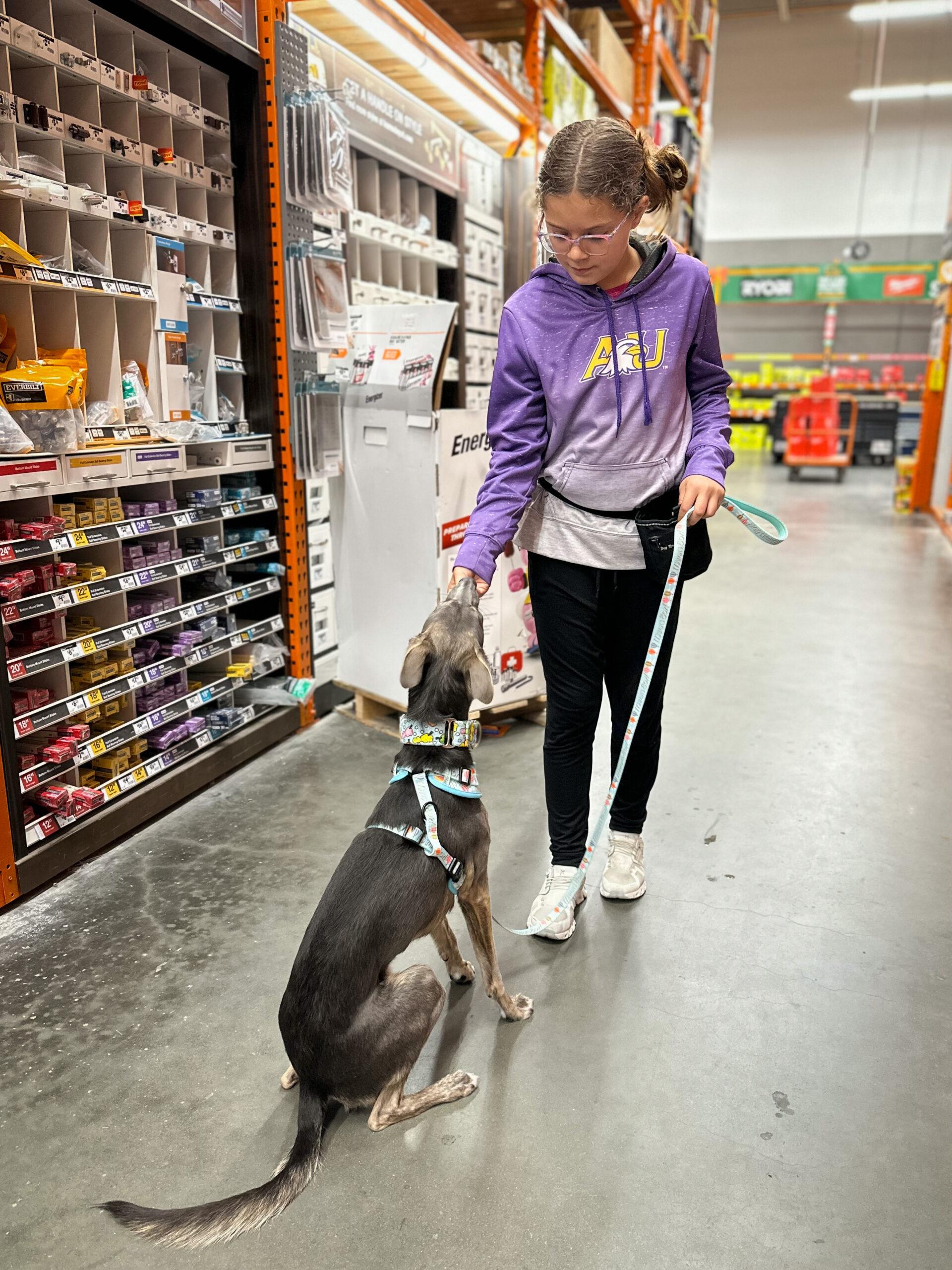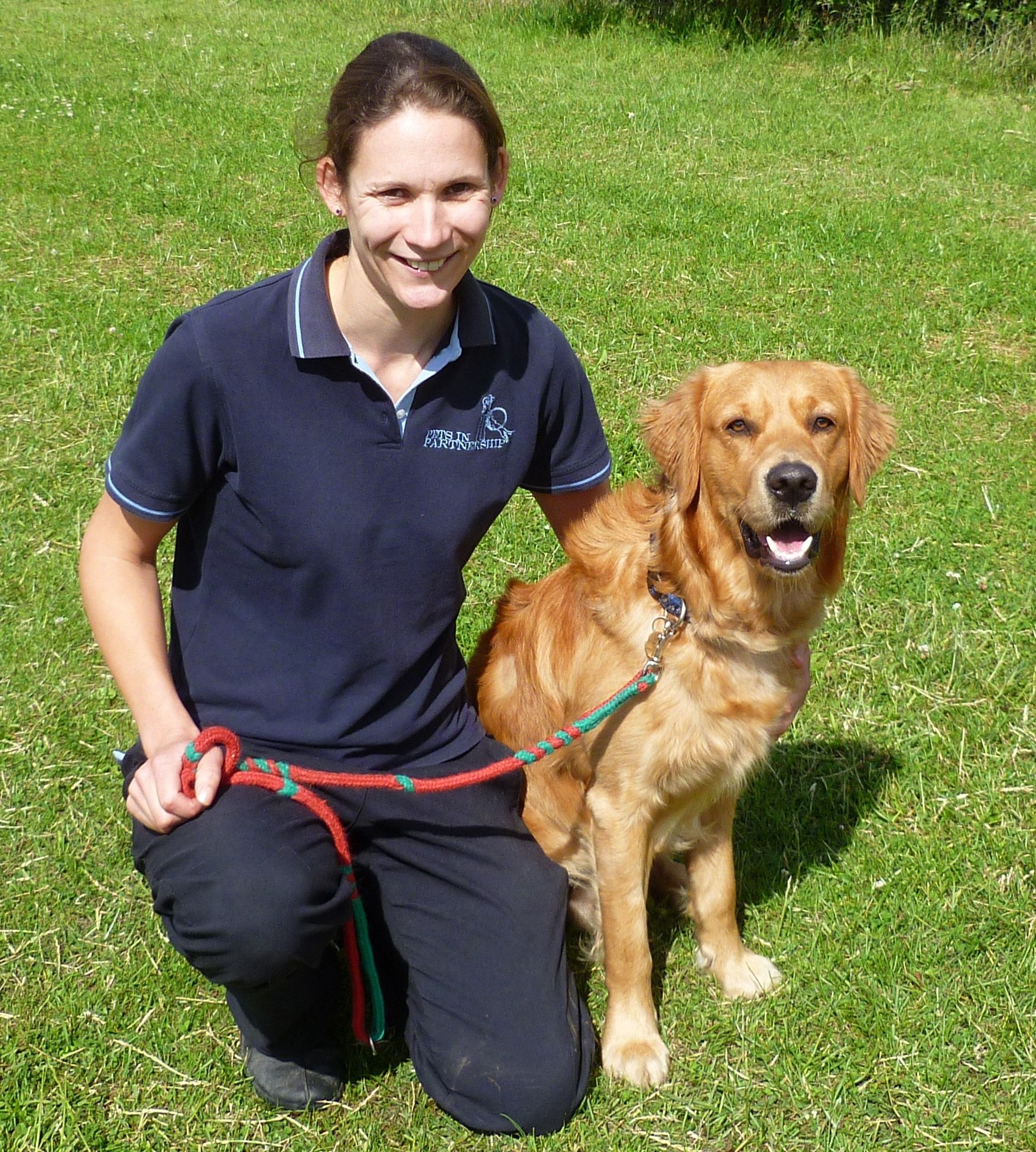Top Strategies for Effective Dog Training Techniques Every Pet Owner Should Know
Top Strategies for Effective Dog Training Techniques Every Pet Owner Should Know
Blog Article
Transform Your Canine's Behavior With Proven Training Techniques
Transforming your pet dog's habits needs a nuanced understanding of their private characteristics and requirements, as well as the application of tried and tested training methods. Uniformity in your training strategy not only improves obedience yet also cultivates a deeper bond of depend on and regard in between you and your family pet.
Comprehending Pet Dog Behavior
Recognizing dog actions is crucial for reliable training and communication in between people and their canine friends. Pets, as social animals, display a variety of behaviors influenced by genes, setting, and experiences - Dog training. Acknowledging these behaviors helps owners tailor their training approaches to fulfill the details needs of their canines
Key facets of pet dog actions include body language, vocalizations, and social interactions. Furthermore, socialization plays an essential role in forming habits; canines that engage positively with other animals and different individuals are typically much more well-adjusted and adaptable.
Additionally, identifying anxiety signals-- such as pacing, evasion, or panting habits-- can protect against escalation right into a lot more serious problems. Proprietors that are in harmony with their pet's behavior can produce a safe and caring environment, cultivating depend on and improving the training procedure. Inevitably, a deep understanding of canine behavior lays the foundation for a harmonious connection and efficient training end results, making sure both pet dogs and their owners grow with each other.
Favorable Support Methods
Positive support methods are commonly acknowledged as one of the most reliable techniques for training pet dogs, promoting a favorable discovering atmosphere. This approach entails rewarding desired actions with deals with, praise, or play, consequently encouraging the pet dog to repeat those habits. Unlike punitive techniques, positive reinforcement constructs trust and enhances the bond between the pet dog and the fitness instructor.
To implement favorable reinforcement efficiently, timing is vital. Rewards should be provided immediately following the preferred behavior to assist the canine make the link. Consistency is likewise crucial; using the same commands and incentives aids the dog understand what is anticipated. Additionally, differing the incentives can keep the pet dog engaged - Dog training. For example, alternating in between treats, playthings, and verbal appreciation can maintain rate of interest and inspiration.
It is necessary to keep in mind that positive support is not about bribery; rather, it has to do with reinforcing etiquette. With time, as the dog finds out to connect details activities with favorable end results, the frequency of rewards can be slowly decreased, transitioning to spoken appreciation or recurring benefits. This technique not just encourages obedience yet additionally advertises a certain and happy pet dog, making training an extra satisfying experience for both events entailed.
Dealing With Common Concerns
Dealing with usual problems during dog training is vital for making sure a successful and harmonious relationship in between the canine and its proprietor. Many pet dog owners come across behavioral difficulties, such as excessive barking, leaping, and leash drawing. Recognizing the origin of these behaviors is critical for effective training.
Excessive barking may originate from dullness, anxiety, or an absence of socialization. To reduce this, offer adequate exercise, psychological excitement, and chances for social interaction with both human beings and other pet dogs. Jumping can typically suggest excitement or a wish for attention. Training the pet to rest upon greeting can redirect this habits positively.
Leash pulling is one more prevalent issue, frequently resulting from a canine's passion to explore. Making use of proper chain handling techniques, combined with training procedures that urge loose-leash strolling, can significantly improve this behavior.
Furthermore, concerns like source protecting or splitting up stress and anxiety call for customized approaches. Progressive desensitization and counter-conditioning can be effective in dealing with these obstacles. By recognizing and proactively handling these typical concerns, dog proprietors can cultivate an extra enjoyable training experience and enhance the bond with their canine friends.
Consistency in Training

To attain uniformity, it is important that all members of the family stick to the same training methods. As an example, using the very same verbal hints and hand signals guarantees that the canine gets uniform messages. In addition, the timing of rewards and improvements need to correspond; prompt support boosts the probability that the canine will associate the behavior with the outcome.
Regular method sessions, combined with structured routines for feeding, walking, and play, assistance dogs anticipate and understand their environment, making them extra responsive to training. Eventually, uniformity fosters a feeling of protection and trust, empowering dogs to learn much more efficiently.
Building a Strong Bond
Exactly how can promoting a solid bond in between a pet and its owner boost the training experience? When a canine really feels secure in its link with its owner, it is a lot more likely to display positive behaviors and be receptive to finding out.
Moreover, a solid bond helps with far better interaction. Canines are skilled at reviewing human cues, and a relying on connection enables for clearer signals throughout training. Proprietors who invest time in building this bond through play, socializing, and positive support develop a setting where pets really feel anxious and determined to find out.
In addition, a well-established link can decrease anxiousness and behavioral concerns, as pet dogs are less most likely to act out when they really feel understood and taken care of. As a result, prioritizing the development of a solid bond not only boosts the training experience however go to this site likewise contributes to a better and a lot more well-adjusted dog. Inevitably, the journey of training changes right into a joint partnership, resulting in lasting behavioral improvements.
Verdict

Proprietors that are attuned to their pet's habits can create a nurturing and safe atmosphere, fostering count on and boosting the training process. Eventually, a deep understanding of canine behavior lays the foundation for an unified partnership and reliable training end i thought about this results, making certain both pets and their proprietors thrive with each other.
Resolving typical issues during pet training is necessary for guaranteeing a harmonious and effective connection between the pet and its proprietor.Consistency is a keystone of efficient pet training, as it develops a clear framework for the pet to understand behaviors and expectations.In verdict, changing a canine's actions through confirmed training approaches needs an understanding of canine habits, the application look at more info of positive reinforcement techniques, and an emphasis on consistency.
Report this page